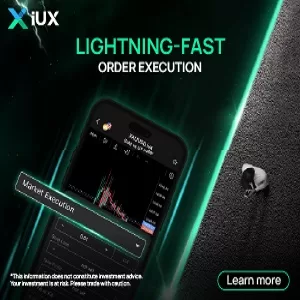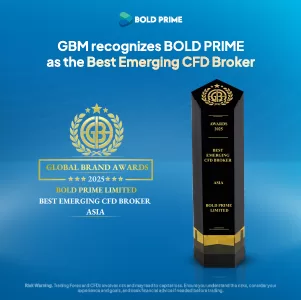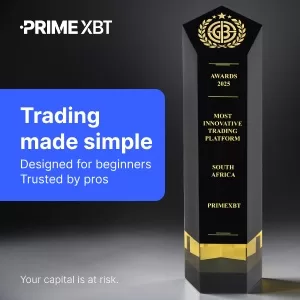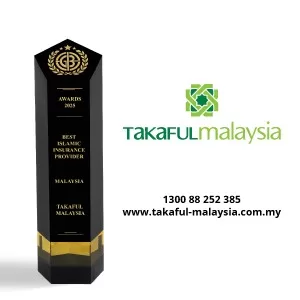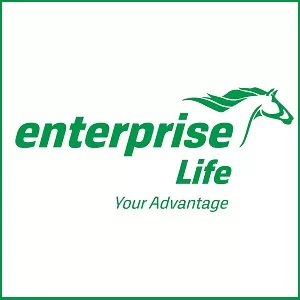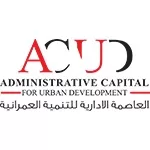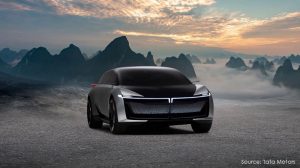Tata Motors to Acquire Iveco for ₹38,000 Crore: What It Means for Global Commercial Mobility

- Tata Motors’ acquisition of Iveco for ₹38,000 crore brings together two strong regional players with complementary strengths.
- For customers, the deal promises expanded product lines, new technology access, and possibly better service coverage worldwide.
A Strategic Shift in the Commercial Vehicle Landscape
When Tata Motors confirmed plans to acquire Italian commercial vehicle manufacturer Iveco for ₹38,000 crore (approximately €3.8 billion or USD 4.4–4.5 billion), the news was more than just another merger headline. This was the turning point of the global CV industry, wherein regional legacy brands are now seeking global scale and technological relevance. Once sanctioned, this deal would unite Tata’s scale and domestic dominance with Iveco’s European engineering and international reach.
Tata Motors’ Global Moves and Local Strength
Tata Motors is no stranger to global plays. Its acquisition of Jaguar Land Rover in 2008 was seen as a bold move that eventually paid off in brand rejuvenation and global exposure. With the Iveco deal, Tata appears to be going down a similar road—this time in the commercial space. Commercial vehicle sectors attract less glamour for the traditional observer than their passenger car counterparts; nevertheless, these sectors remain pillars of any country’s industrial and logistical backbone.
Iveco’s Role in European Trucking
Iveco is based in Turin and operates under the Iveco Group N.V., with a presence in over 160 countries. The company has been part of Europe’s trucking story for decades, offering vehicles in the light, medium, and heavy-duty segments. Reports from industry sources place Iveco’s market share in Europe and Latin America at around 11% in the truck category above 6 tonnes—a reasonable benchmark of its footprint in the commercial segment. Its product portfolio includes the Daily, Eurocargo, and S-Way lines, well-known across fleets in Europe and Latin America.
Tata’s Market Strength in India
Tata Motors is India’s largest commercial vehicle manufacturer. It commands a strong position in small CVs like the Ace, as well as heavy-duty hauliers like the Prima. As per FY24 data shared during Tata Motors’ investor communications, the company holds an overall CV market share of around 37.1%, with over 53% share in the heavy commercial segment. Tata Motors holds an overall CV market share of approximately 39.1%, with a 49% share in the heavy commercial vehicle segment, reflecting its clear leadership position in India.
What the Deal Means for Consumers
The consumer, which mainly implies the fleet and logistics operators, may experience some changes in these deals. Tata may bring more competition to pricing in the premium segments in which Iveco traditionally operates. They will also collaborate in research and development around electric and alternative fuel vehicles. Iveco has been investing in natural gas and electric trucks, aligning well with Tata’s ambitions under its dedicated EV unit.
The UK’s commercial vehicle market is growing steadily. While a 4.2% year-on-year figure is not specifically published by Statista, its forecast suggests a compound annual growth rate (CAGR) of 3.8% from 2024 to 2030. Within that context, a stronger Tata-Iveco product mix could offer new options in the light- and mid-weight electric CV categories. For fleet owners, this may result in greater product availability and better cost-to-performance ratios.
Manufacturing Synergies and Global Access
The acquisition involves a full 100% buyout of Iveco. Mere ownership of manufacturing plants and assets by Tata Motors would not be sufficient for them; rather, they also benefit from design know-how, existing dealer relationships and customer networks. For instance, a facility set up by Iveco in Italy, Germany, Spain, Brazil and Argentina will offer Tata direct access to important markets and supply bases in both hemispheres.
Financial Context and Future Profitability
Tata Motors reported consolidated revenues of ₹4.37 lakh crore in FY24. Iveco, meanwhile, posted revenues of €15.29 billion (approximately USD 16.6 billion) for the same fiscal year. Contrary to earlier reporting, Tata’s commercial vehicle EBIT margin is higher than Iveco’s. While Tata’s CV segment posted an EBIT margin of 9.1%, Iveco’s truck unit reported an operating margin of 5.6%, highlighting Tata’s profitability edge. The acquisition is expected to be funded via a mix of internal accruals and bridge loans.
Regulatory Scrutiny and Labour Considerations
Tata Motors will require approval from the European Commission, especially under Italy’s “Golden Power” rules that govern strategic industrial assets. Italian labour unions have expressed concern about workforce stability, but the company has addressed this directly. Reports confirm Tata has agreed to “non-financial covenants” that safeguard jobs and maintain the existing industrial footprint for at least two years. The Italian government is monitoring compliance as part of its approval process.
Global Industry Impact and Competitive Positioning
For the commercial vehicle industry globally, this acquisition raises the stakes. Regulatory and technology shifts—such as electrification mandates and autonomous vehicle development—require companies to think and act beyond national boundaries. Industry analysts now project that the combined Tata-Iveco entity could rank as the world’s fourth-largest truck maker by volume. That places it in direct comparison with established players like Daimler Truck, Volvo Group, and Paccar.
Supply Chain Reach and Risk Diversification
A key benefit of the acquisition is geographical diversification. With production spread across Europe, Latin America, and Asia, Tata could localise output and reduce dependency on single-country supply chains. In an increasingly protectionist world, this kind of structure can help mitigate trade disruptions, currency risk, and regional volatility.
What Lies Ahead
Full integration will take time. After regulatory clearance, the alignment of operations, dealer support, product roadmaps, and backend systems will be a multi-year process. Tata executives have signalled that the transaction is focused on long-term value creation.
Plans are already being discussed to introduce Iveco trucks and buses in the Indian market. Meanwhile, Tata may look to deploy its smaller CVs in Latin American regions where Iveco has established dealer networks. These two-way synergies could accelerate revenue potential on both sides.
Changing Brand Perception and Industry Position
This deal also shifts how the brands are seen globally. Iveco gains long-term capital support and entry to Asian markets. Tata, in turn, transitions from a regional CV player to a global automotive force.
Fleet owners and distributors will need to track how post-deal developments shape warranties, service programmes, and product localisation. If the merger proceeds as planned, the combined entity could emerge as a real alternative to Western incumbents, particularly in cost-sensitive and emerging markets.






